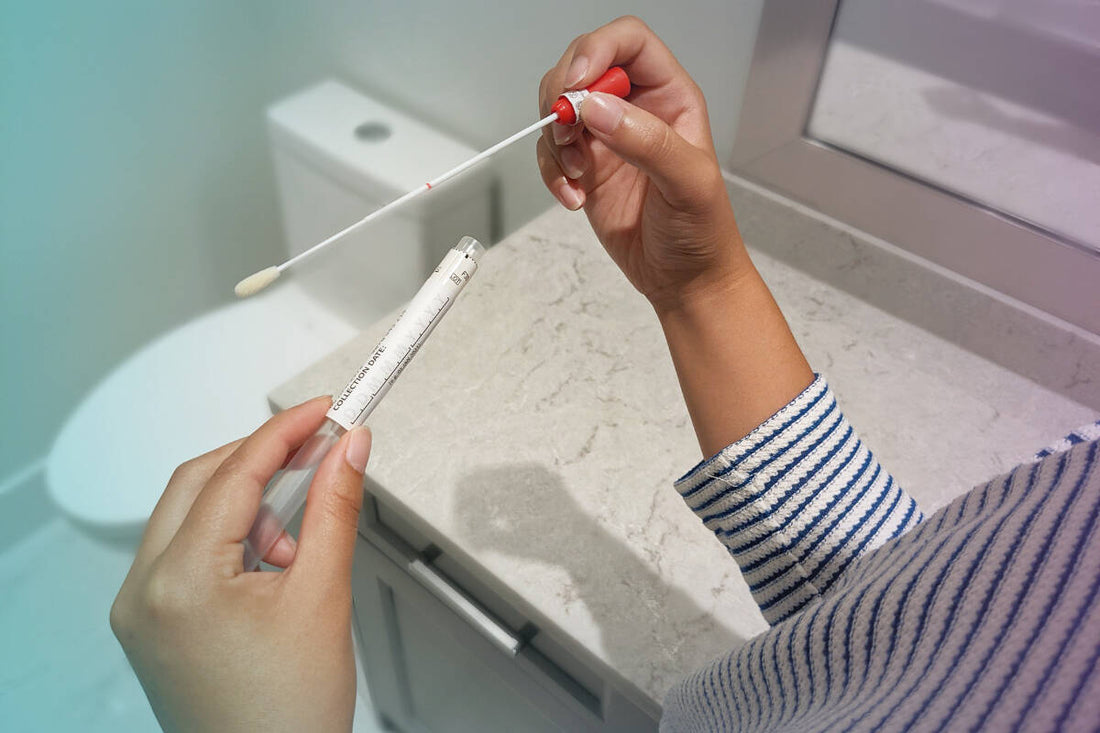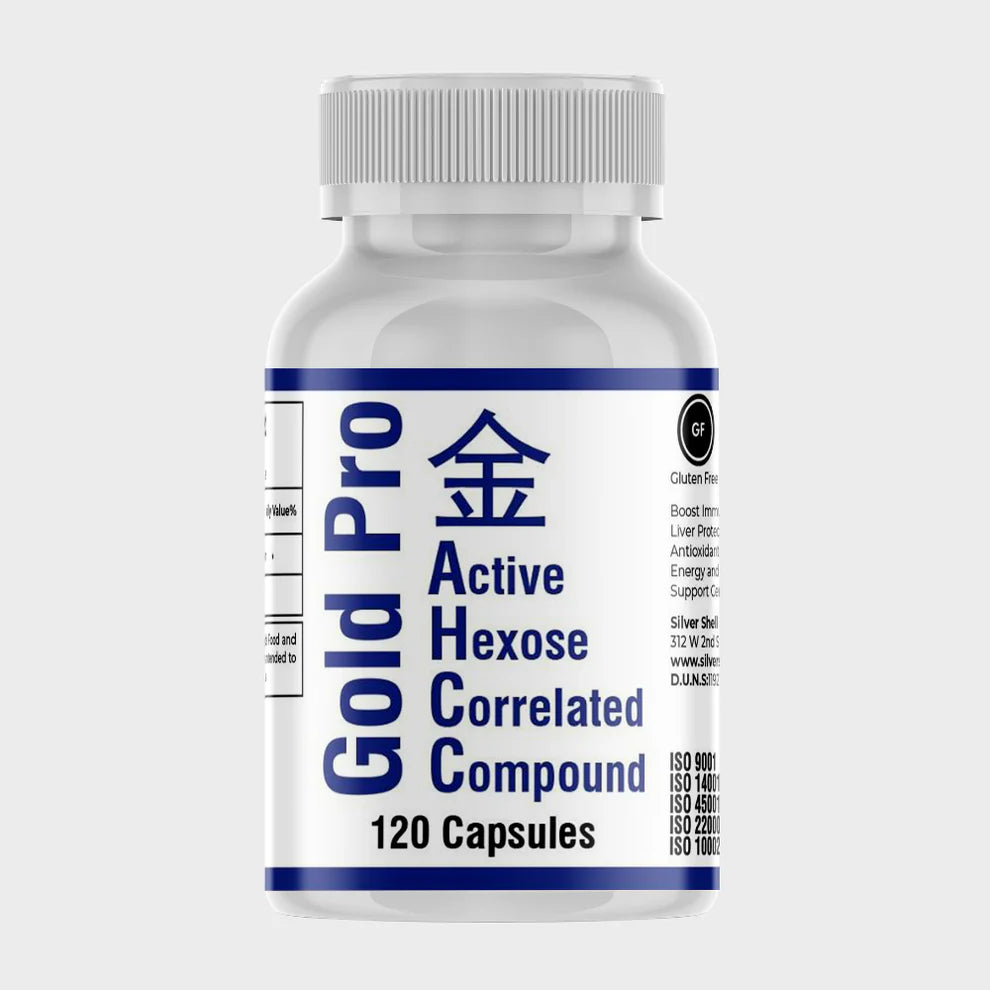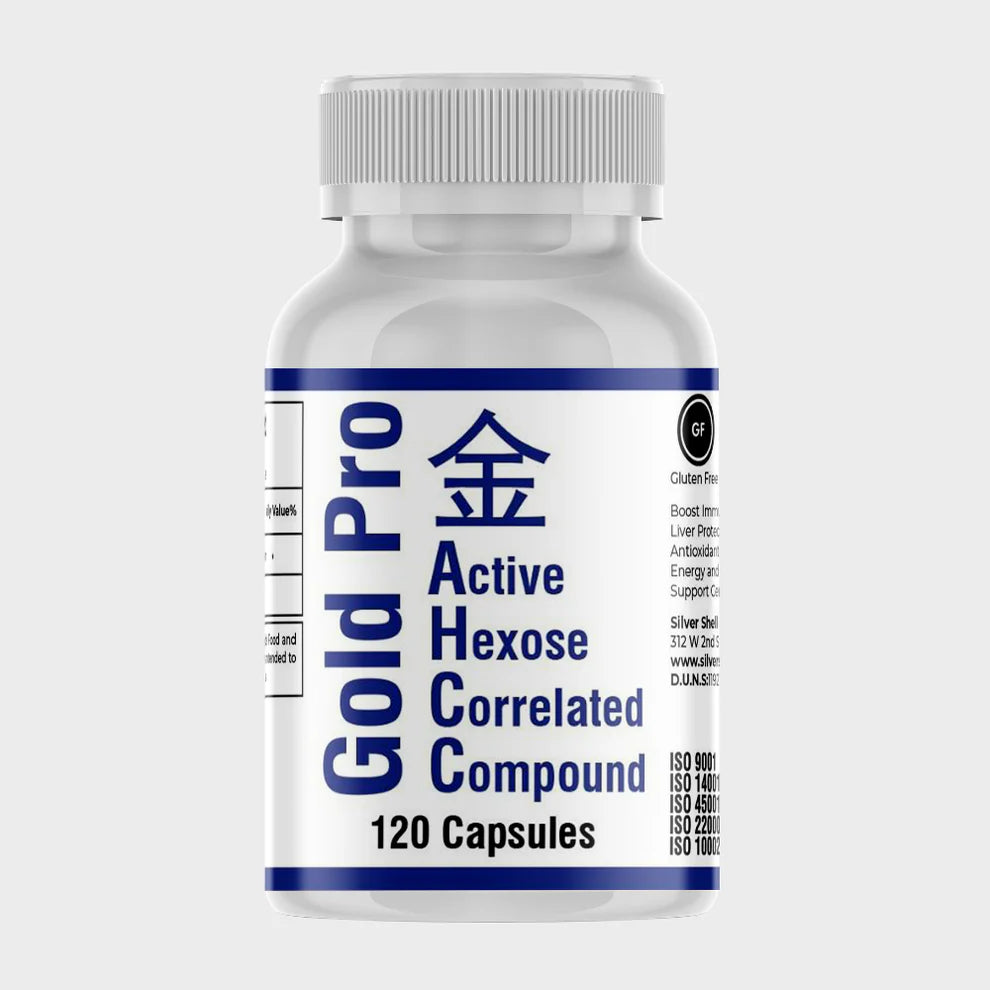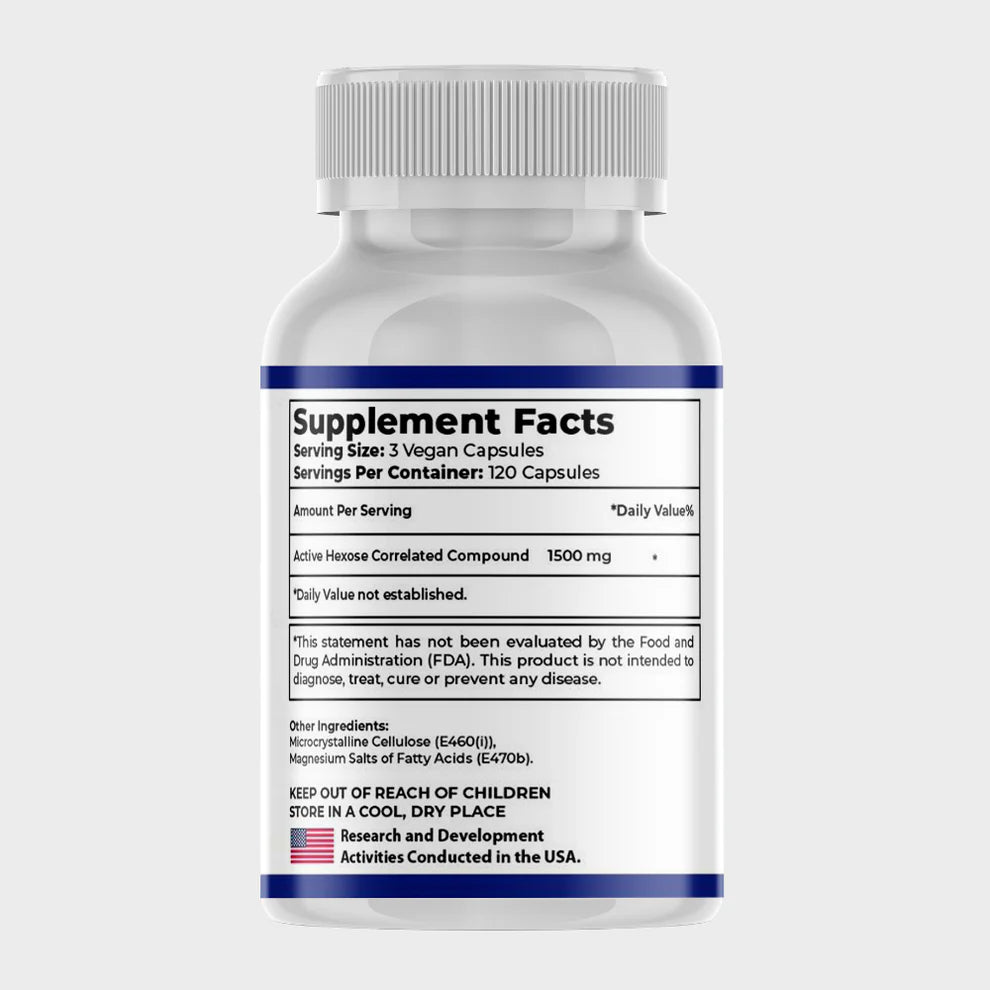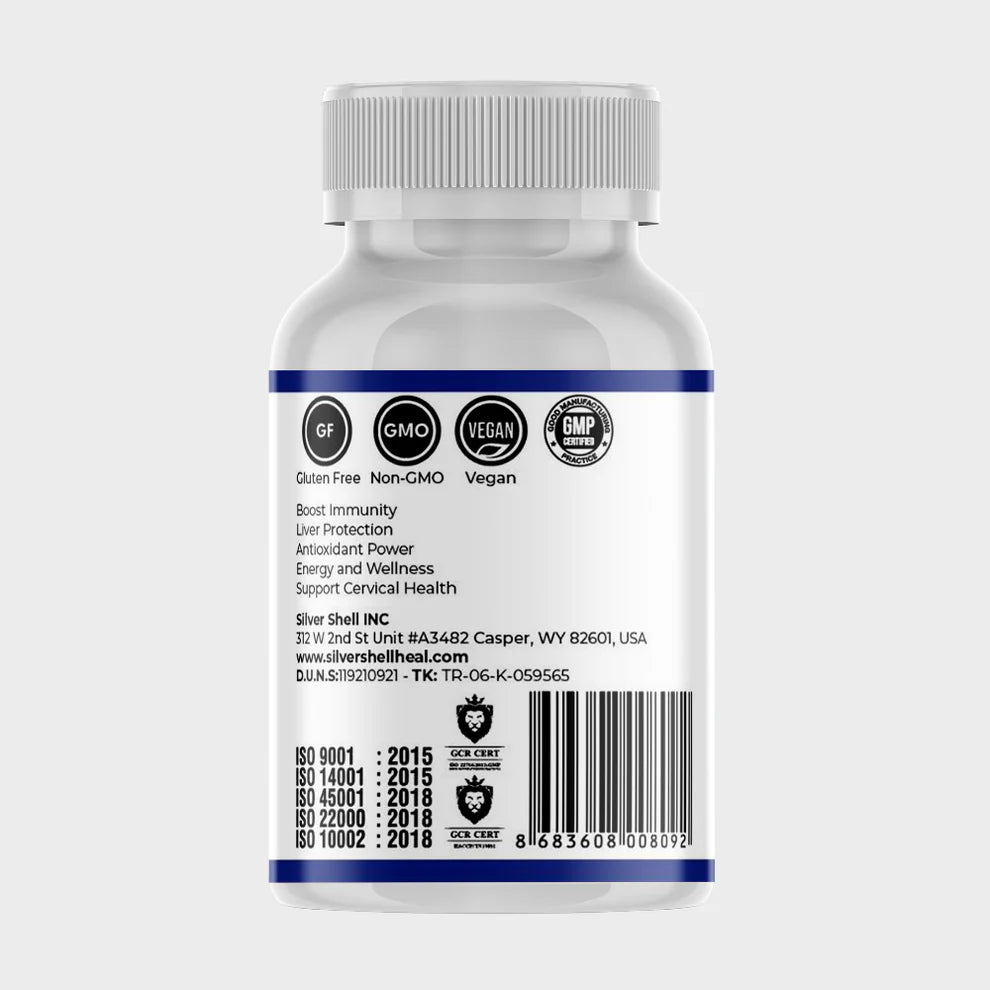In a groundbreaking effort to bolster women’s health and curb the rising rates of cervical cancer, new guidelines published in the Journal of the American Medical Association (JAMA) propose that sending self-sampling kits for HPV via direct mail can increase cervical cancer screening by 14% among those overdue for their pap smears.
According to a study in JAMA, the most effective method to boost screening rates involves directly mailing kits to individuals overdue for screening, rather than simply encouraging them to schedule a pap smear or implementing an "opt-in" approach. This means that women who qualify would automatically receive at-home sampling kits by mail. As a result of this discovery, many Canadian provinces and US states are shifting away from traditional pap smears and advocating for HPV tests, which can detect high-risk strains of the virus. These screenings are recommended every 5 years for individuals aged 25-65.
The trend towards at-home HPV testing is gaining momentum, offering the potential to significantly enhance early detection of abnormal cells and potential cervical cancer. Dr. Aisha Lofters, a scientist and physician at Women's College Hospital in Toronto, Ontario, highlights that self-swabs for HPV, akin to at-home COVID-19 tests, could overcome obstacles such as scheduling constraints, past traumatic experiences, or lack of awareness.
Explaining the advantages of HPV testing, Dr. Gina Oglivie, who spearheaded pilot projects on at-home tests in British Columbia, notes that while pap smear accuracy hovers around 60%, HPV testing, which analyzes the DNA of the virus, can achieve accuracy rates as high as 90%. This heightened accuracy enables doctors to have greater confidence in negative results, offering clearer insights into a woman's health status.
Inspired by successful initiatives abroad, particularly in Australia where self-testing for HPV has proven effective, healthcare professionals are optimistic about the potential impact of at-home HPV screening. Dr. Diane Francoeur, CEO of the Society of Obstetricians and Gynaecologists of Canada (SOGC), believes that transitioning to HPV at-home tests marks one of the most significant advancements for women’s health since the introduction of the birth control pill in the early 1960s.
While the HPV vaccine serves as an effective prevention method against high-risk HPV strains, Francoeur stresses the importance of ongoing screening, as not everyone receives immunizations. She envisions a future where women can easily access testing kits, similar to obtaining COVID-19 swab tests from local pharmacies.
Dr. Craig Earle, CEO of the Canadian Partnership Against Cancer, shares the vision of eradicating cervical cancer by 2040 and views the switch to HPV testing as the key to overcoming various screening obstacles, including equity issues. However, he acknowledges the challenges faced by provinces and states in adapting to this new approach, including the need for upgraded lab infrastructure to accommodate the shift.
Can you envision a world free from cervical cancer? The introduction of at-home HPV screening marks a transformative step, providing women with a more accessible, accurate, and empowering option to safeguard their health.
